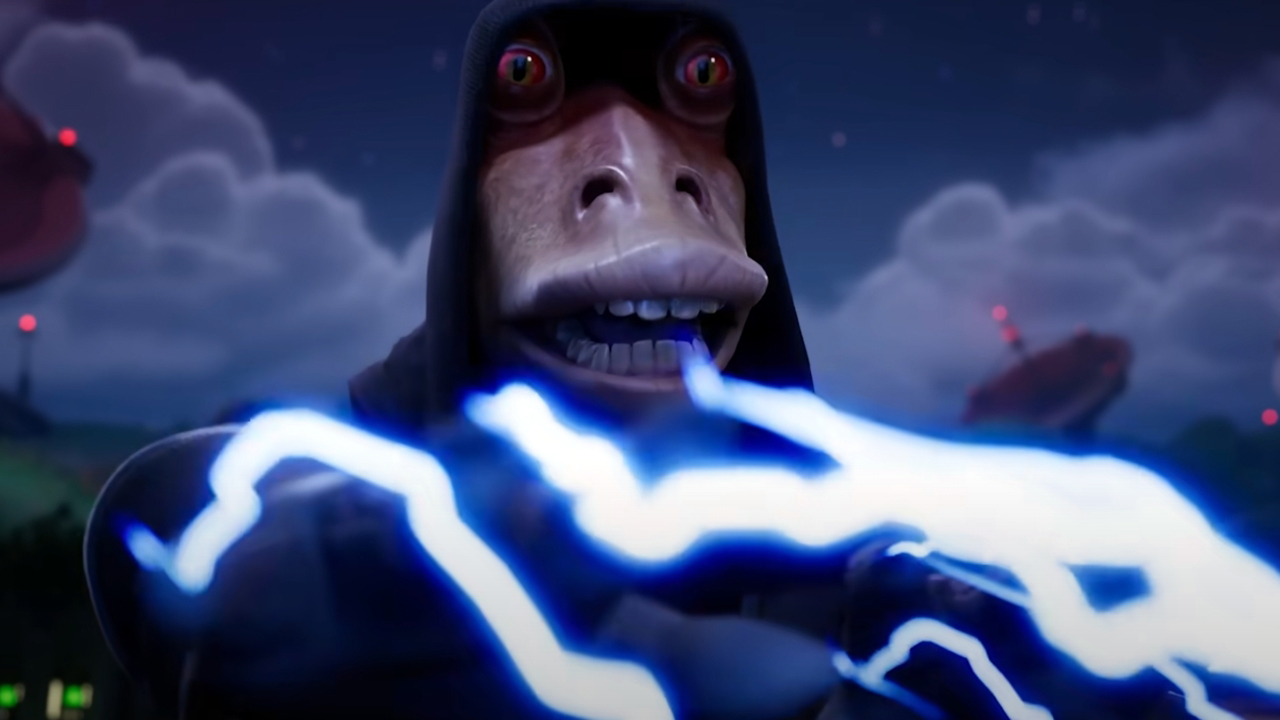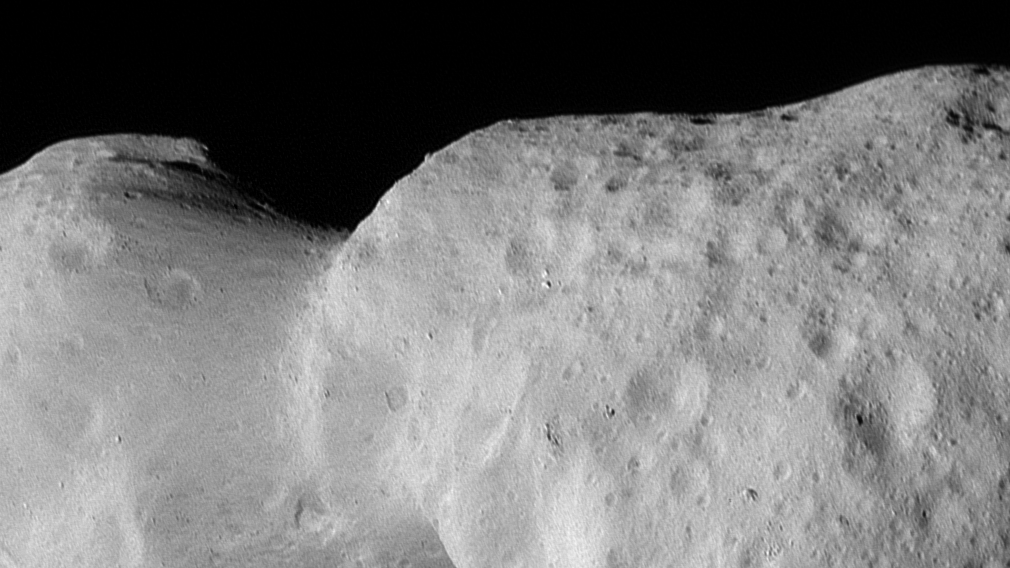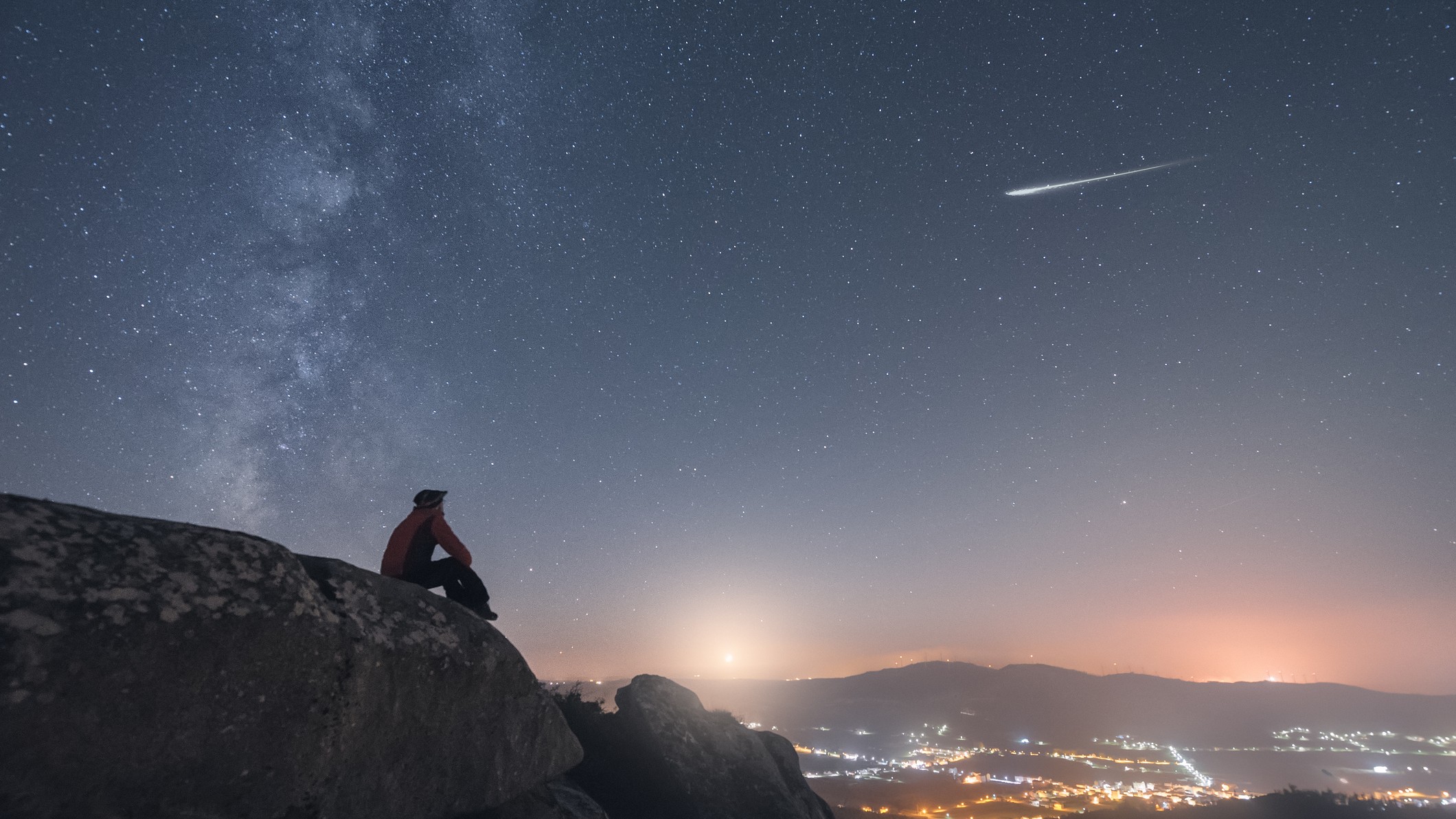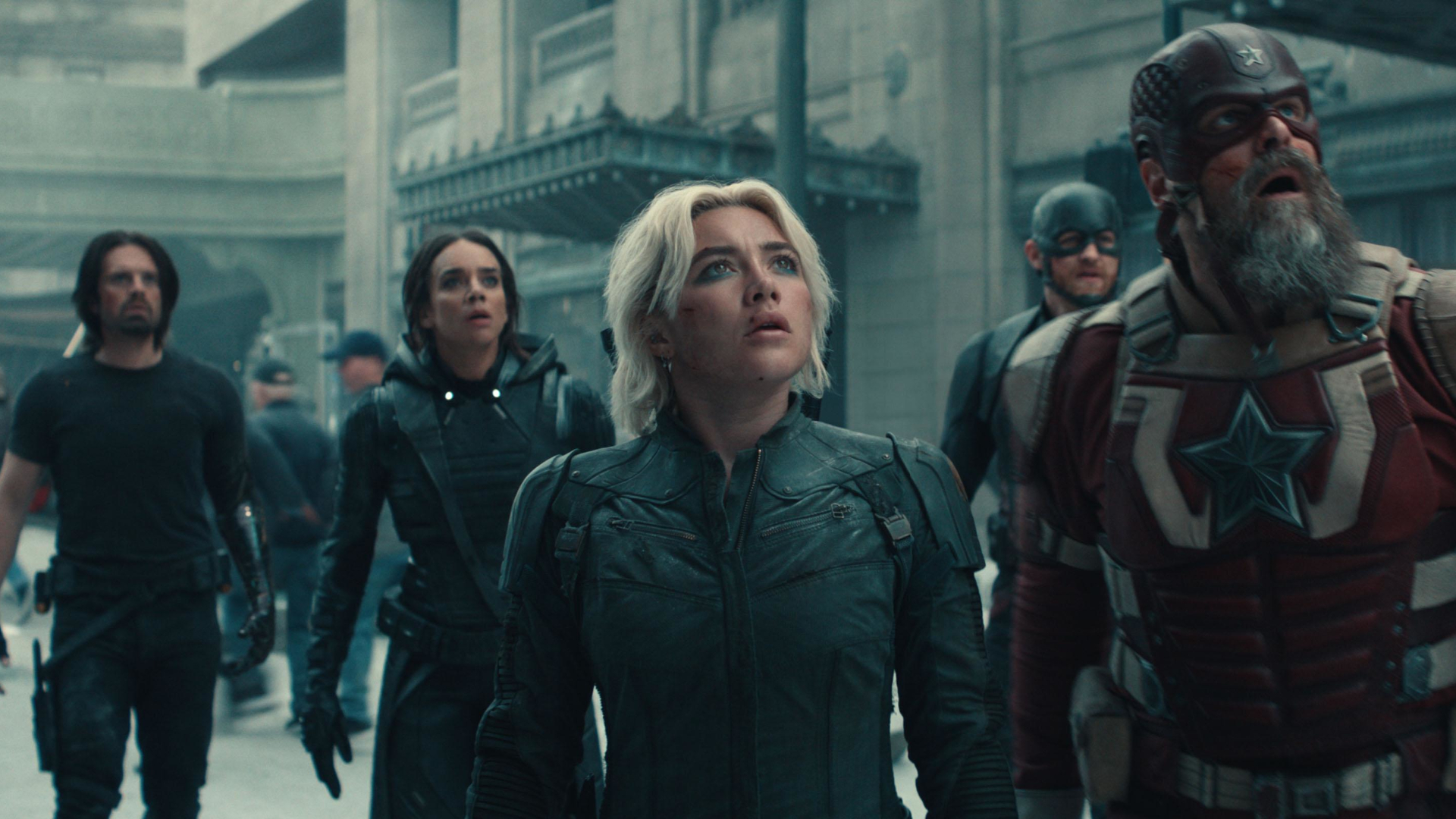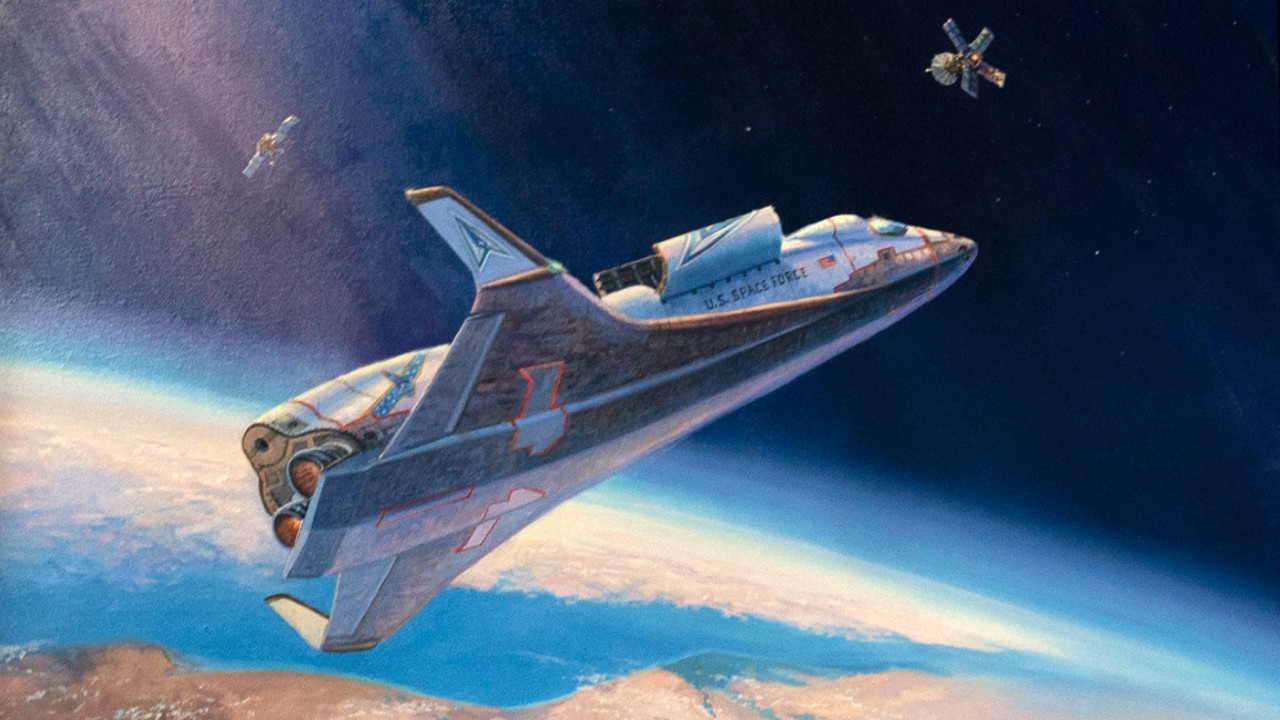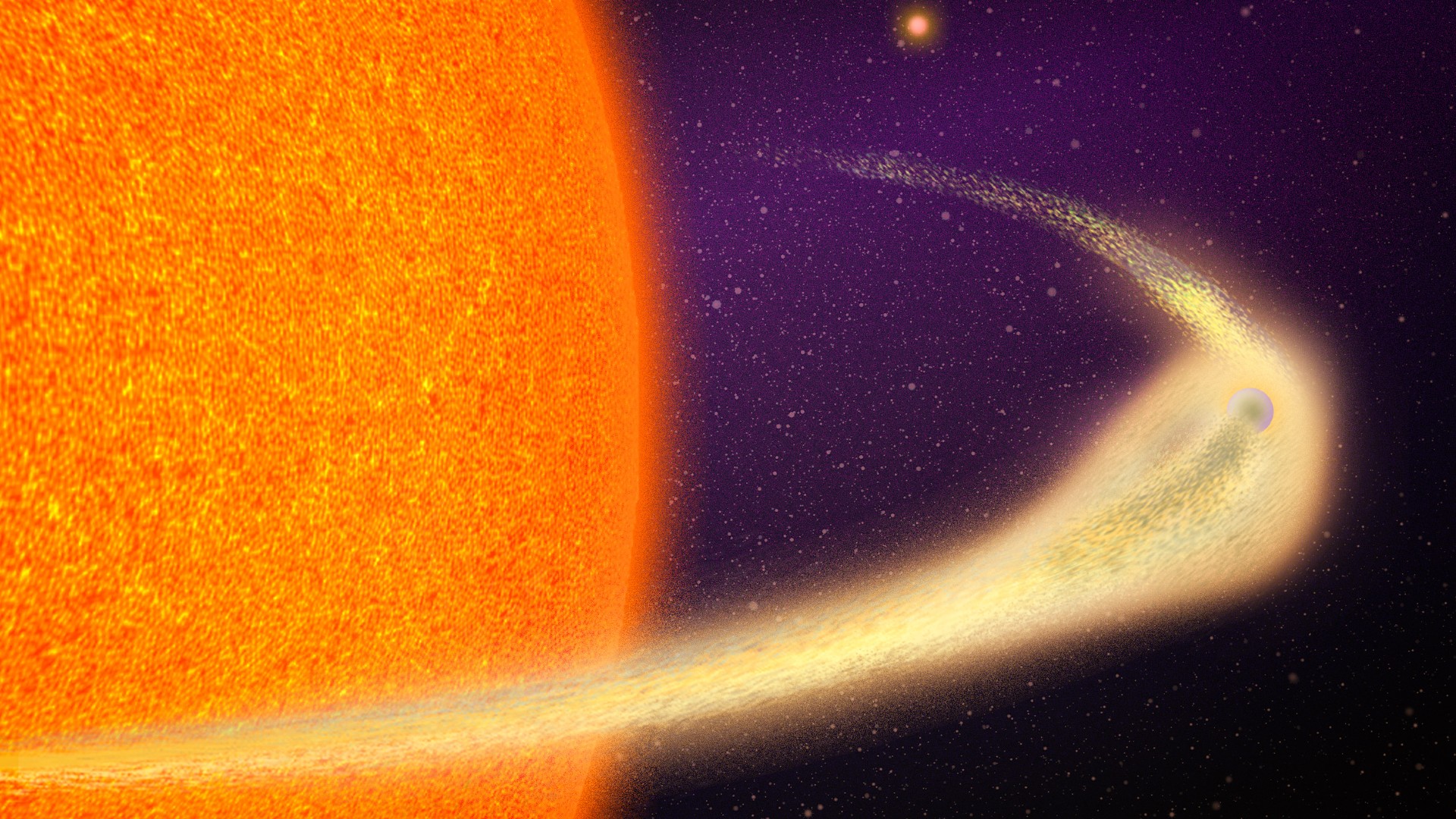A new SpaceX video gives us a glimpse of the future — the very near future, perhaps.
Late last week, Elon Musk's company posted on X a 60-second animation showing Super Heavy — the first stage of SpaceX's giant new Starship rocket — coming back down to Earth after a liftoff.
SpaceX has made rocket landings relatively routine, commonly bringing back the first stages of its workhorse Falcon 9 and powerful Falcon Heavy vehicles. But the touchdown in the animation is different: It's a midair catch performed by the "chopstick" arms of the huge launch tower at Starbase, SpaceX's site in South Texas.
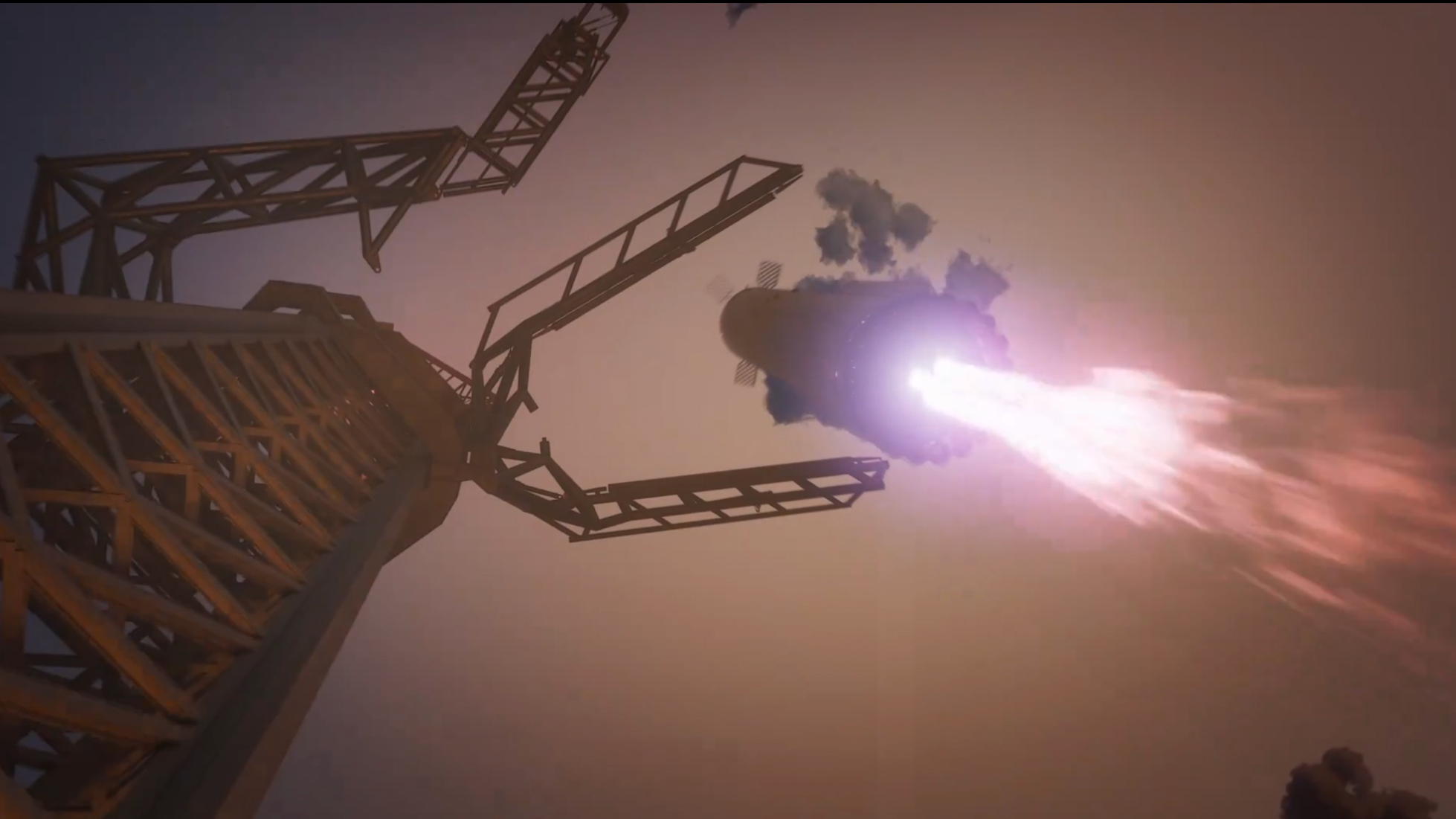
And that is indeed what SpaceX plans to do on launches of the 400-foot-tall (122 meters) Starship, the biggest and most powerful rocket ever built. Bringing Super Heavy back down directly on the launch mount will allow SpaceX to refurbish and relaunch the vehicle much more efficiently, Musk has said.
And we may not have to wait long to see the animation come to life.
"I think we should try to catch the booster with the mechazilla arms next flight!" Musk said via X on June 6, shortly after Starship's fourth-ever test flight. ("Mechazilla" is the nickname he's given to Starbase's launch tower.)
SpaceX is taking steps to make this happen. On June 27, the company posted on X a short video of the chopstick arms closing around a stationary Super Heavy sitting on the launch mount.
Get the Space.com Newsletter
Breaking space news, the latest updates on rocket launches, skywatching events and more!
"Starbase team testing the tower chopsticks for the upcoming catch of a Super Heavy booster," SpaceX wrote in a description of the video.
Related: SpaceX's Starship 4th flight test looks epic in these stunning photos
Starship's four test flights to date occurred in April and November of 2023 and March 18 and June 6 of this year. The vehicle has performed better on each successive mission.
For example, Starship's two stages failed to separate on the debut flight, which lasted less than four minutes. But on the most recent mission, both Super Heavy and the upper stage — known as Starship or simply Ship — achieved their main goals, coming back to Earth for ocean splashdowns in their desired areas.
SpaceX is developing Starship to get people and cargo to distant destinations like the moon and Mars. Both Super Heavy and Ship are designed to be rapidly reusable, the breakthrough that Musk thinks will revolutionize spaceflight.
Starship already has a moon mission on its docket. NASA picked the stainless-steel vehicle to be the first crewed lander for its Artemis moon program; if all goes to plan, Starship will land astronauts near the moon's south pole on the Artemis 3 mission in late 2025.
Join our Space Forums to keep talking space on the latest missions, night sky and more! And if you have a news tip, correction or comment, let us know at: community@space.com.

Michael Wall is a Senior Space Writer with Space.com and joined the team in 2010. He primarily covers exoplanets, spaceflight and military space, but has been known to dabble in the space art beat. His book about the search for alien life, "Out There," was published on Nov. 13, 2018. Before becoming a science writer, Michael worked as a herpetologist and wildlife biologist. He has a Ph.D. in evolutionary biology from the University of Sydney, Australia, a bachelor's degree from the University of Arizona, and a graduate certificate in science writing from the University of California, Santa Cruz. To find out what his latest project is, you can follow Michael on Twitter.


